Tree preference and activity of native California woodland ants in an urban environment
In the recent article “Tree Preference and Temporal Activity Patterns for a Native Ant Community in an Urbanized California Woodland” published in the Journal of Insect Behaviour, Dylan J. MacArthur-Waltz, Rebecca A. Nelson, Gail Lee, and Deborah M. Gordon examined the foraging behavior of nine ant species over the seasons in an urban environment. Ants seemed to prefer native evergreen trees and showed distinct temporal partitioning of foraging activity patterns. Here, Rebecca A. Nelson highlights the main points and shares some pictures.
An Interview compiled by Patrick Krapf, Felix Oberhauser, and James Trager

MNB: Could you tell us a bit about yourself?
RAN: I am a second-year ecology PhD student in the Harrison Lab at the University of California Davis. My dissertation research explores how invasive plant species affect the structure and dynamics of grassland plant-pollinator interactions. I received a B.S. in Biology and a minor in creative writing from Stanford University. As an undergraduate, I researched ant ecology in Professor Deborah Gordon’s lab.

Picture here and below show the study site (© Rebecca Nelson). 
MNB: Could you briefly outline your recently published article in layman’s terms?
RAN: To better understand what types of ants use urban areas, we surveyed ants in an urban woodland across different seasons and times of day. We also looked at whether the ants used native broadleaf evergreen, exotic evergreen, or native deciduous trees. We found that different ant species were more common at different seasons and times of day. Ant species overall preferred using native broadleaf evergreen trees, particularly the coast live oak.
MNB: What is the take-home message of your work?
RAN: Our findings demonstrate that an urbanized woodland maintained a native ant community with strong temporal niche partitioning. Ants preferred using native, evergreen Quercus spp., suggesting that these oaks may help maintain ant diversity. Oak conservation efforts may have added benefit of supporting native ant communities.
MNB: What was your motivation for this study?
RAN: We were interested in whether a native ant community would persist after urbanization and alongside invasive ants. We also wanted to show evidence of daily and seasonal resource partitioning in an urban ecosystem. Finally, we were curious whether ants would prefer using native trees to exotic trees within this urban ecosystem.
MNB: What was the biggest obstacle you had to overcome in this project?
RAN: One of the biggest challenges we faced was deciding how to situate our research in the broader context of the field. While our research focused on ant community ecology and behavior, we sought to connect our research to urban ecology.
MNB: Do you have any tips for others who are interested in doing related research?
RAN: I would recommend going out and observing what ants and plants are around your campus. Observing ants in the field can spark interesting ideas for projects. We also chose to observe ants on trees for our survey, instead of using baits and pitfall traps, to get a clearer picture of ant-plant associations.
MNB: Where do you see the future for this particular field of ant research?
RAN: I see the field of ant ecology moving toward a greater focus on urban and novel ecosystems. To what extent do urban and human-modified ecosystems affect ant community assembly and composition? Do ants alter their foraging behavior in urban environments? Do changes such as urbanization and the introduction of invasive species interact with climate change to further alter ant community diversity and function? We would be curious to know if ant communities in different urban ecosystems than ours show similar patterns of resource partitioning and tree preference.
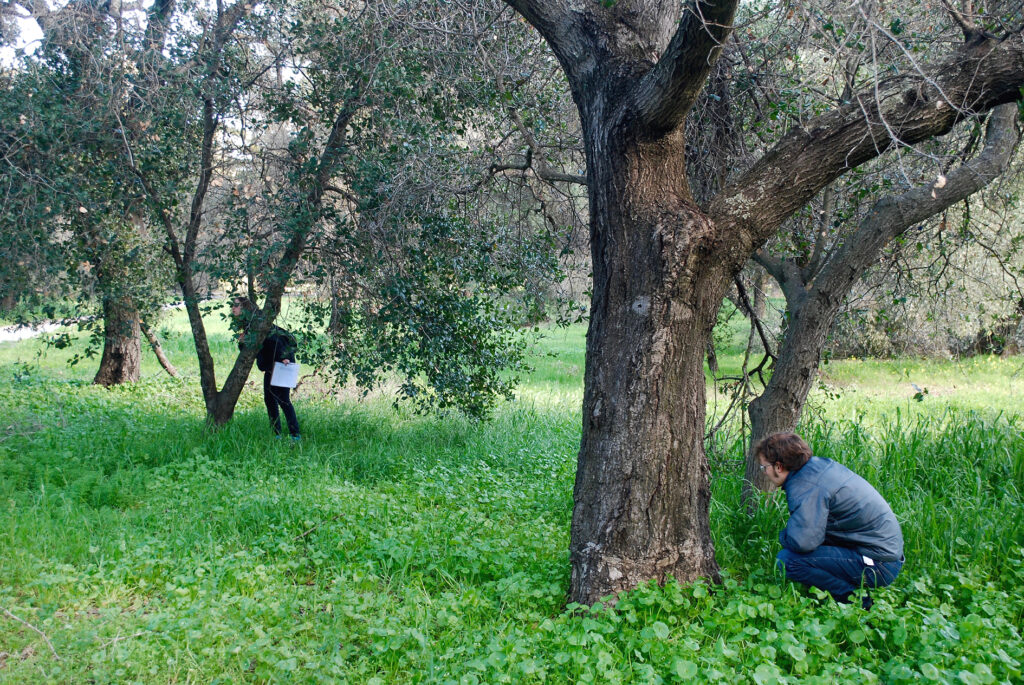

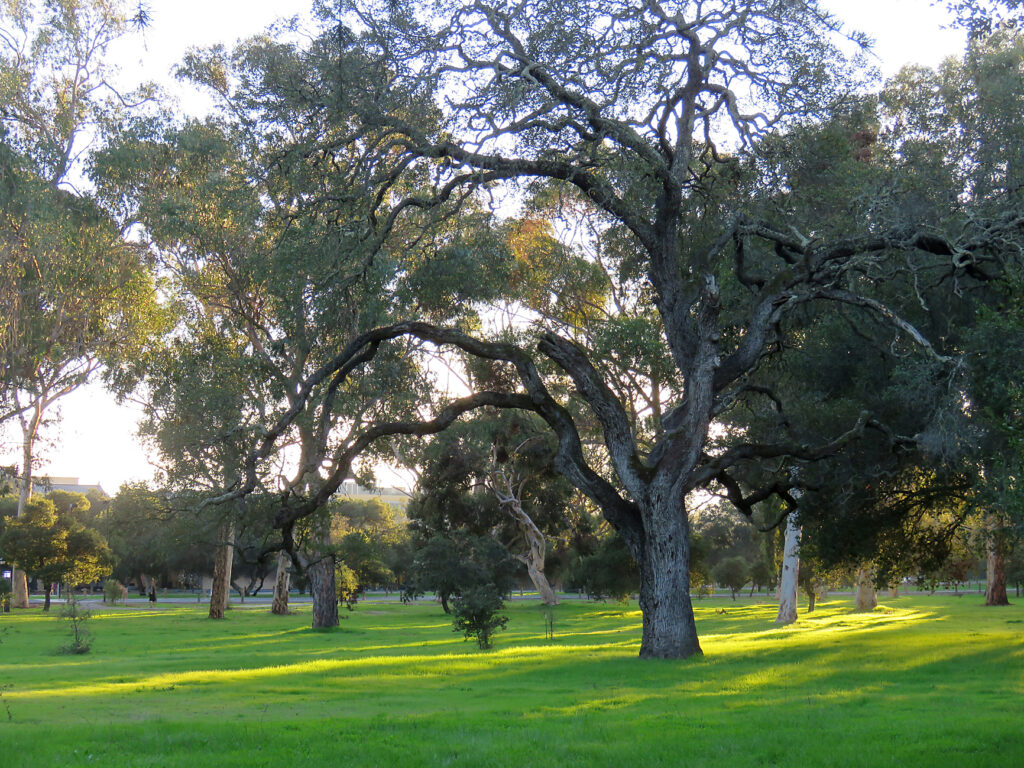
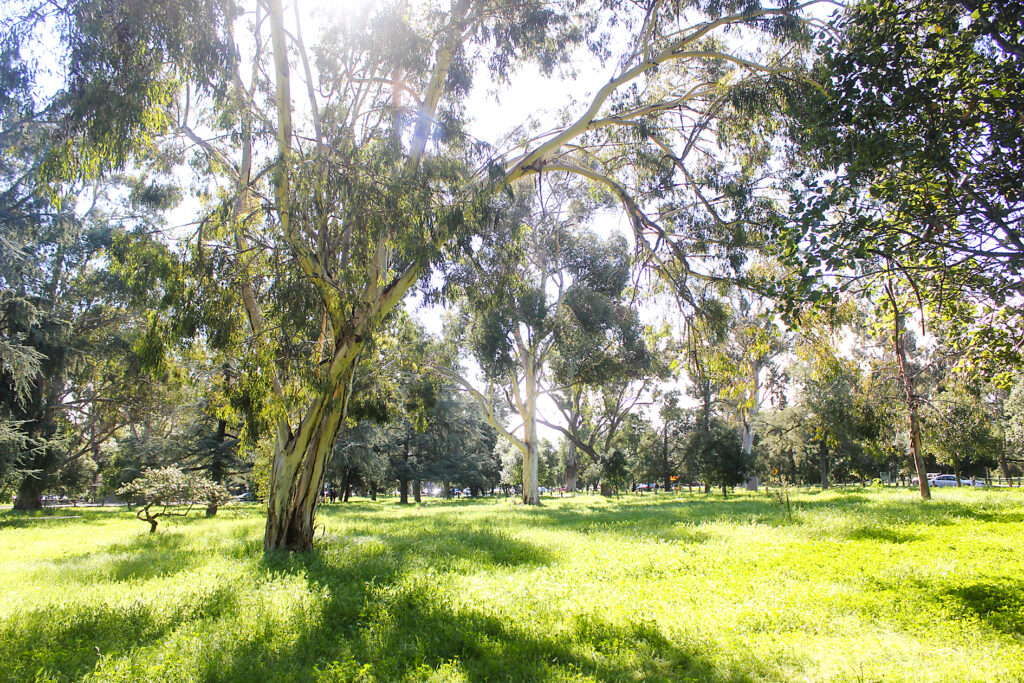

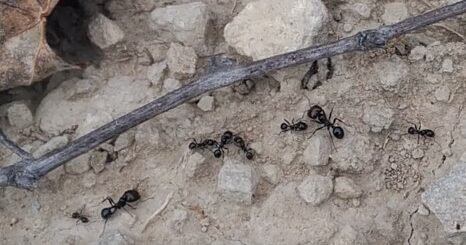
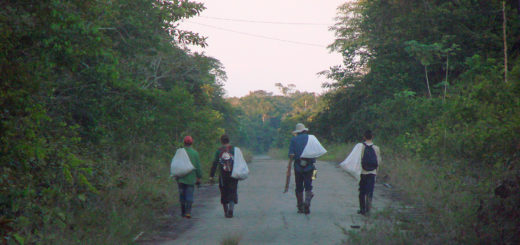
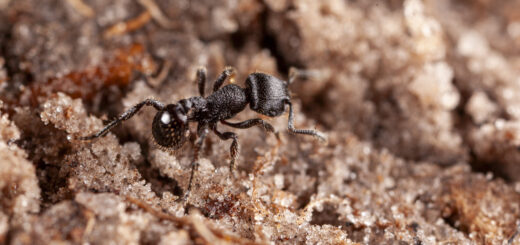
Recent Comments